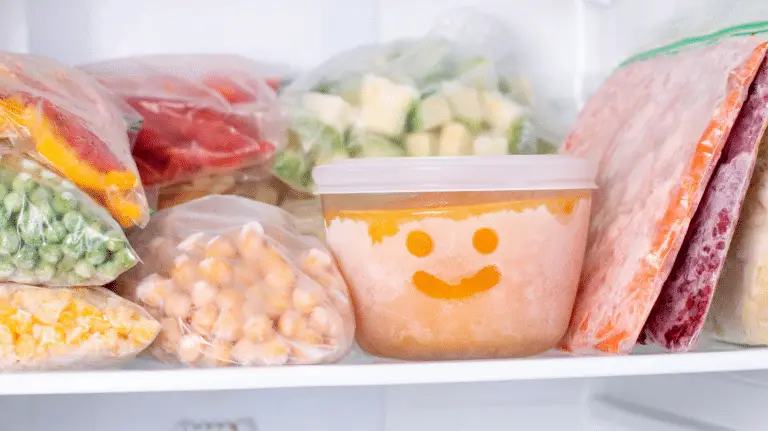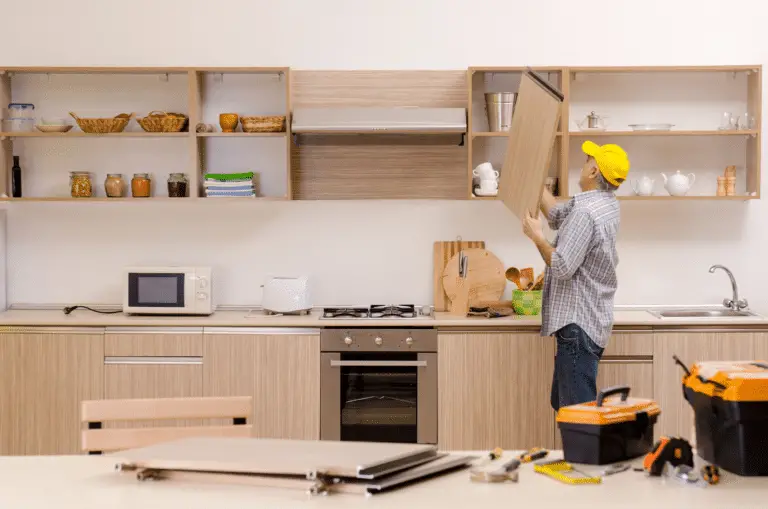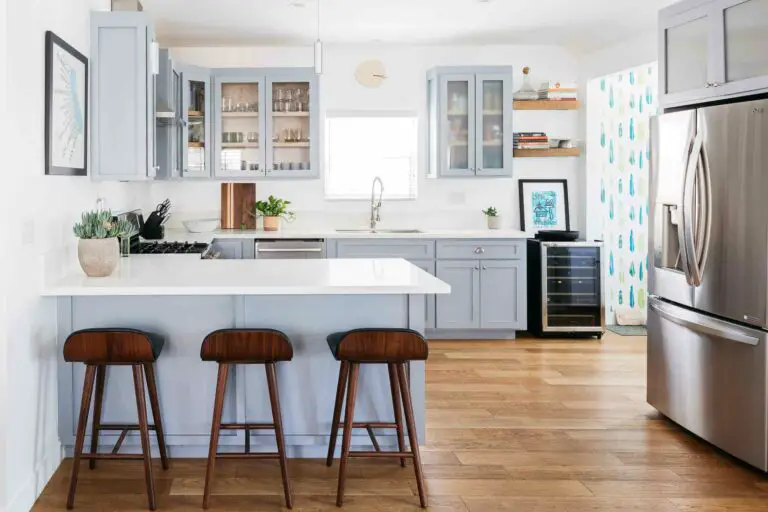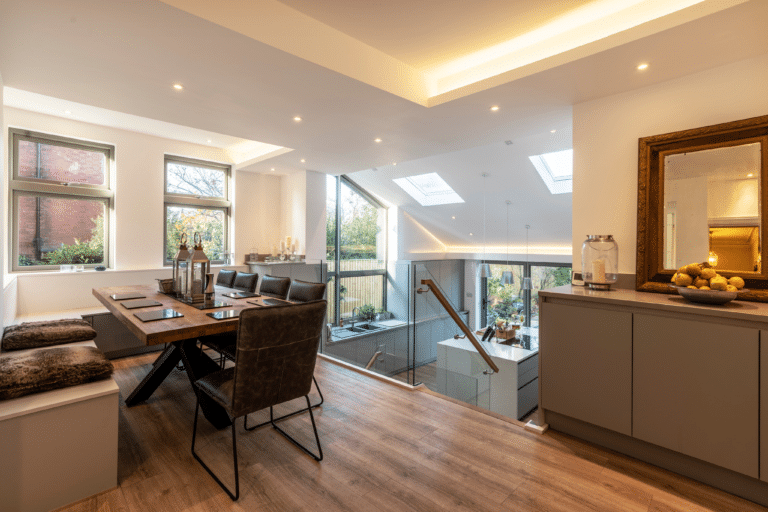Welcome to the world of sustainable living! In our blog post, we dive into the importance of eco-friendly kitchen carcass options for a greener home. From identifying sustainable materials to exploring innovative choices like bio-glass, we cover it all.
Join us as we dissect the environmental impact, benefits, and key factors to consider when choosing eco-friendly kitchen carcasses. Let’s make a conscious choice for our planet, one carcass at a time. Get ready to transform your kitchen with our eco-friendly tips!

How to Identify Eco-friendly Kitchen Carcasses
When it comes to outfitting your kitchen with eco-friendly options, it’s important to look beyond just the surface and dive deeper into the materials and certifications of the kitchen carcasses you choose. By understanding the key indicators of sustainability, you can make informed decisions that align with your environmental values. Here are some tips on how to identify eco-friendly kitchen carcasses:
Certifications and Labels

One of the easiest ways to spot eco-friendly kitchen carcasses is by checking for certifications and labels that indicate sustainable practices. Look for labels like FSC (Forest Stewardship Council), SFI (Sustainable Forestry Initiative), or Greenguard certification, which ensure that the materials used are sourced responsibly and contain low levels of harmful emissions. These certifications indicate that the products have met certain environmental standards and can help you make confident choices in your kitchen renovation.
Environmentally-Friendly Materials
Another important aspect to consider when identifying eco-friendly kitchen carcasses is the materials used in their construction. Opt for materials that are renewable, recyclable, and non-toxic. Sustainable options like bamboo, reclaimed wood, or FSC-certified wood are great choices for eco-conscious consumers. These materials are not only durable and long-lasting but also reduce the environmental impact of your kitchen renovation.

When choosing environmentally-friendly materials, consider their recyclability and durability. Look for materials that can be easily recycled at the end of their life cycle and ones that have a long lifespan to reduce the need for frequent replacements. By selecting materials that prioritize recyclability and durability, you can ensure that your kitchen carcasses have a minimal impact on the environment.
By paying attention to certifications, labels, and materials, you can confidently identify eco-friendly kitchen carcasses that align with your sustainability goals. Keep these key factors in mind as you explore your options and make choices that benefit both your home and the planet.
Popular Eco-Friendly Kitchen Carcass Material Options
When it comes to choosing eco-friendly materials for your kitchen carcass, there are several popular options to consider. From bamboo to recycled wood to salvaged wood, each material has its own unique benefits and characteristics that make it a sustainable choice for your kitchen.
Bamboo

Bamboo has become a go-to choice for eco-conscious consumers looking for sustainable kitchen cabinetry. This fast-growing plant is not only renewable but also incredibly durable, making it an ideal material for kitchen carcasses. Bamboo also has a beautiful, natural aesthetic that can add warmth and texture to your kitchen design.
One of the key benefits of bamboo is its environmental impact. Bamboo grows rapidly and requires minimal resources to thrive, making it a highly sustainable choice for kitchen cabinets. Additionally, bamboo is naturally resistant to moisture and insects, making it a long-lasting option for your kitchen.
Recycled Wood

Another popular eco-friendly material for kitchen carcasses is recycled wood. By using reclaimed wood from old buildings, furniture, or other sources, you can give new life to materials that would otherwise end up in a landfill. Recycled wood has a unique character and history that can add charm and interest to your kitchen design.
Recycled wood is not only environmentally friendly but also durable and sturdy. By repurposing existing materials, you can reduce the demand for new resources and help minimize waste in the environment. Plus, the natural patina and imperfections of recycled wood can give your kitchen a rustic, vintage look that is both stylish and sustainable.
Salvaged Wood
Similar to recycled wood, salvaged wood is another eco-friendly option for kitchen carcasses. Salvaged wood is sourced from trees that have fallen due to natural causes or have been removed for construction projects. By using salvaged wood, you can prevent perfectly good wood from going to waste and reduce the demand for new timber.

Salvaged wood offers a unique and distinctive look for your kitchen, with each piece telling a story of its own. This material is not only environmentally conscious but also durable and resilient, making it a practical choice for kitchen cabinetry. By choosing salvaged wood, you can create a one-of-a-kind kitchen that is both beautiful and sustainable.
In conclusion, when it comes to eco-friendly kitchen carcass material options, bamboo, recycled wood, and salvaged wood are all excellent choices for those looking to design a sustainable kitchen. These materials not only offer environmental benefits but also provide durability, longevity, and aesthetic appeal for your space. By choosing eco-friendly materials for your kitchen cabinets, you can make a positive impact on the planet while creating a beautiful and functional kitchen for your home.
Innovative Sustainable Options for Kitchen Carcasses
When it comes to choosing eco-friendly kitchen carcass options, there are innovative and unconventional materials that are making waves in the sustainable design industry. These materials not only offer environmental benefits but also bring a unique and modern aesthetic to your kitchen space.
Bio-Glass
One of the most innovative materials for eco-friendly kitchen carcasses is bio-glass. Made from recycled glass and other natural materials, bio-glass is not only sustainable but also extremely durable. It is non-porous, resistant to stains, and easy to clean, making it a practical choice for busy kitchen environments.

Another key benefit of bio-glass is its versatility in design. It comes in a range of colors and textures, allowing you to customize your kitchen carcass to match your unique style preferences. Plus, using bio-glass in your kitchen contributes to reducing waste by giving new life to recycled materials.
While bio-glass is a great eco-friendly option for kitchen carcasses, it is essential to consider its limitations. Due to its specialized production process and higher cost compared to traditional materials, bio-glass may not be suitable for all budget levels. However, the long-term durability and sustainability benefits may outweigh the initial investment.
Recycled Metal
Another innovative material gaining popularity in eco-friendly kitchen design is recycled metal. By using salvaged metal from old appliances, cars, or industrial equipment, you can create a unique and sustainable kitchen carcass. Recycled metal is highly durable, heat-resistant, and easy to maintain, making it an excellent choice for high-traffic areas like the kitchen.
Additionally, using recycled metal in your kitchen carcass helps reduce the need for new metal production, which can be energy-intensive and environmentally harmful. By repurposing existing metals, you are contributing to a circular economy and minimizing waste in the manufacturing process.
However, it is essential to consider the source and quality of the recycled metal used in your kitchen carcass. Ensure that the metal undergoes proper treatment and testing to meet safety and durability standards. Work with reputable suppliers and manufacturers to guarantee the quality and sustainability of the materials.
Exploring innovative sustainable options for kitchen carcasses allows you to make a positive impact on the environment while creating a stylish and functional space. Consider incorporating bio-glass and recycled metal into your kitchen design to elevate your eco-friendly home.
Beyond Materials: Other Factors to Consider for an Eco-friendly Kitchen
When it comes to creating an eco-friendly kitchen, the materials used in the construction of kitchen carcasses are just the tip of the iceberg. While opting for sustainable materials is crucial, there are other factors to consider to truly make your kitchen environmentally friendly.
Efficient Manufacturing Processes
Choosing eco-friendly kitchen carcass options that are manufactured using energy-efficient processes is essential for reducing the carbon footprint of your kitchen. Look for companies that prioritize sustainability in their production methods, such as using renewable energy sources or implementing waste reduction strategies.
Opting for kitchen carcasses that are made using efficient manufacturing processes not only helps reduce environmental impact but also supports companies that are committed to sustainable practices.
Low Emission Finishes
Another important consideration when selecting eco-friendly kitchen carcass options is the type of finishes used. Look for low emission finishes that are non-toxic and free from harmful chemicals like volatile organic compounds (VOCs).
By choosing kitchen carcasses with low emission finishes, you can maintain a healthier indoor air quality in your home while also minimizing your impact on the environment. Plus, low emission finishes are safer for you and your family, making them a win-win choice for an eco-friendly kitchen.
Sustainable Packaging
When it comes to eco-friendly kitchen carcass options, don’t forget to consider the packaging in which they are delivered. Look for companies that use minimal and recyclable packaging materials to reduce waste and minimize environmental impact.
By choosing kitchen carcasses that are packaged sustainably, you can further support eco-friendly practices and contribute to the overall sustainability of your kitchen design.
Responsible Disposal and Recycling
Finally, one often overlooked aspect of creating an eco-friendly kitchen is what happens to the kitchen carcasses at the end of their life. Responsible disposal and recycling are key components of a truly sustainable kitchen design.
When it’s time to replace your kitchen carcasses, be sure to explore options for recycling or repurposing the materials. Many eco-friendly kitchen carcass options are designed to be easily disassembled and recycled, making it simple to minimize waste and reduce your environmental impact.
By considering efficient manufacturing processes, low emission finishes, sustainable packaging, and responsible disposal and recycling, you can take your eco-friendly kitchen design to the next level and create a space that is truly environmentally conscious.
Concluding Thoughts on Creating an Eco-Warrior Kitchen
As you embark on the journey of transforming your kitchen into an eco-friendly haven, remember that every little choice counts. By opting for sustainable materials like bamboo, recycled wood, or innovative bio-glass, you’re not just building a kitchen – you’re building a better future. Don’t forget to consider efficient manufacturing processes, low emission finishes, and responsible disposal. Let’s be eco-warriors in the heart of our homes, one kitchen carcass at a time. Together, we can make a difference!








